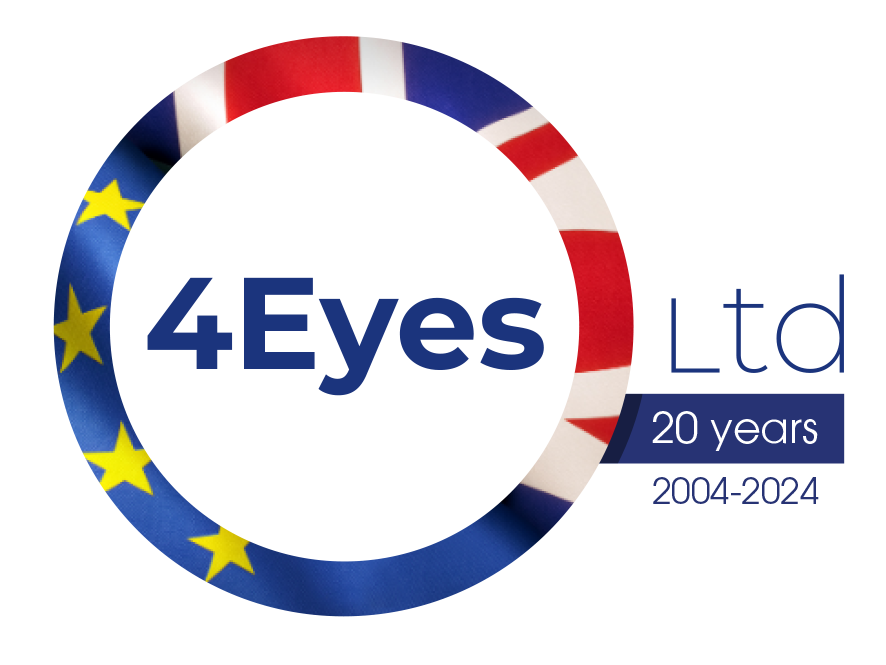Size does matter when it comes to VAT and marshmallows
In a long running VAT dispute, occupying the greatest legal minds, to sit alongside Jaffa Cakes and Pringles, large (Mega Marshmallows) were originally found to be zero rated. The case followed HMRC assessing the taxpayer as being liable for VAT totalling £472,928 on the basis that the product was not zero rated food but was standard rated confectionary.
HMRC argued: “Mega Marshmallows were confectionery and therefore standard rated because they ‘are an item of sweetened prepared food which is normally eaten with the fingers’.”
However, the FTT judge found that the product was not confectionery, inferring that the mega marshmallows (as any Beaver, Cub or Scout will tell you) are “more likely to be consumed in warmer months than other mallow products”, probably because they are “more likely to be purchased in order to be roasted over a flame rather than consume them as a snack without roasting”.
The FTT also took into consideration that the product is “positioned in supermarket aisles in the barbecue section during the summer months when most sales are made” and the size of the product is marketed for roasting. Therefore, the FTT concluded that the product was intended to be roasted or used as an ingredient as a s’more – and thus ruled that the product was zero rated.
The upper tribunal (UT) then dismissed an appeal by HMRC on 8 April 2024, before the case was further appealed to the Court of Appeal.
The Court of Appeal returned to HMRC’s case prior to the FTT decision that mega marshmallows were confectionery because they were “sweetened prepared food which is normally eaten with the fingers”.
The UT concluded that “the burden is on the taxpayer to demonstrate that the product is not normally eaten with the fingers”.
The Court of Appeal again referenced the UT’s decision, which found that the FTT “seemed unable to conclude what method was more usually or more often used to eat the product”.
Questioning this interpretation, the Court of Appeal cited that the FTT couldn’t reach a conclusion on how Mega Marshmallows are usually eaten or whether they are usually eaten with fingers.
The case was therefore sent back to the FTT for them to decide whether Mega Marshmallows are “sweetened prepared food which is normally eaten with the fingers”. The Court of Appeal allowed the appeal and found that the tribunal should allow re-examination of any witnesses who had already given evidence on how Mega Marshmallows are eaten.
Lord Justice Males explained that if a product falls within Note 5 it is confectionary and therefore standard rated, but highlighted that the list is non-exhaustive.
There were two routes HMRC’s case could have succeeded before the FTT: 1/persuading them that the product was confectionery as a term understood by an ordinary person; or 2/ that the product was a sweetened prepared food normally eaten with fingers.
While the FTT concluded that Mega Marshmallows were not confectionery, Lord Justice Males was unconvinced: “It is common ground that an ordinary person would regard ordinary marshmallows as confectionery, and it seems to me that such a person might well consider that it makes no difference that Mega Marshmallows are larger than ordinary marshmallows and that they are generally roasted before being eaten.”
As for the second route, the court also pointed out that “it is common ground that Mega Marshmallows are a sweetened product”.
So the determining issue is whether they are normally eaten with fingers.
“In some cases it will be obvious from the nature of the product whether it is normally eaten with the fingers or in some other way, but that is not the case with this particular product.
No doubt Mega Marshmallows are sometimes eaten with the fingers and sometimes with a fork or skewer. It is not obvious what kind of evidence might be available – or may have been before the FTT – to prove on the balance of probabilities how they are ‘normally’ eaten.”
From our experience, roasted marshmallows are best eaten as s’mores between two biscuits. Watch this space for the eventual VAT liability of mega ones!
